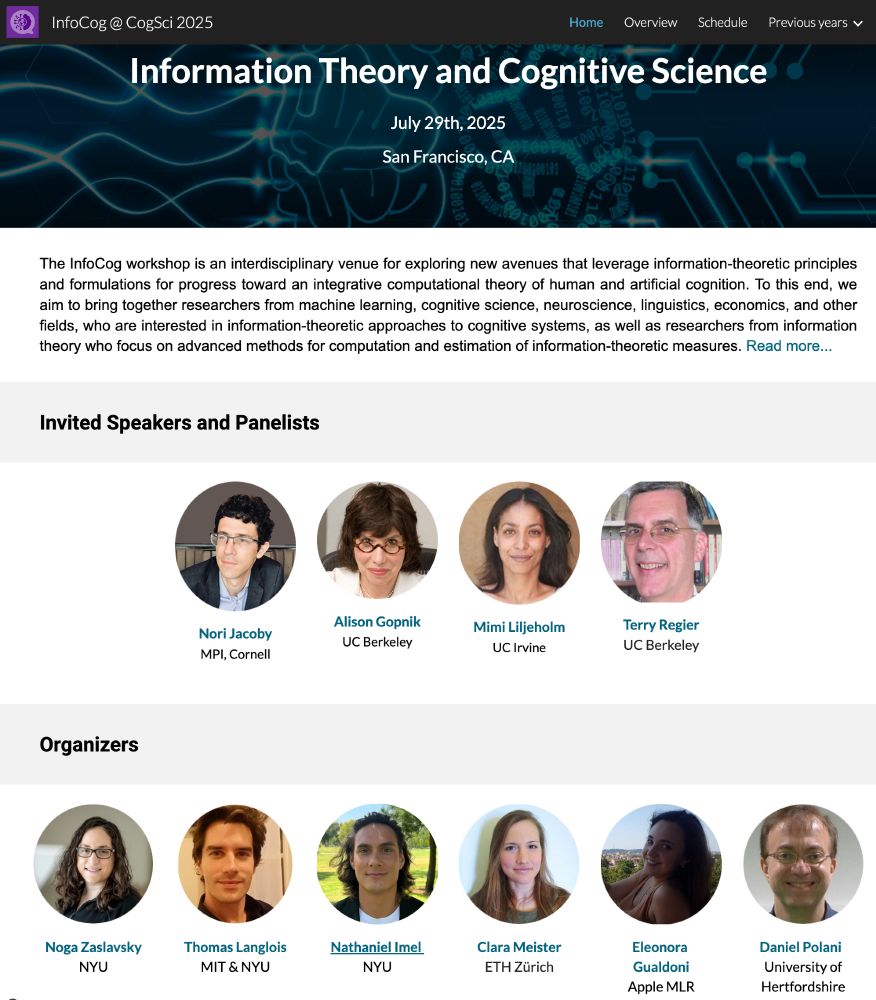Daniel Wurgaft
@danielwurgaft.bsky.social
120 followers
190 following
26 posts
PhD @Stanford working w Noah Goodman
Studying in-context learning and reasoning in humans and machines
Prev. @UofT CS & Psych
Posts
Media
Videos
Starter Packs
Reposted by Daniel Wurgaft
Reposted by Daniel Wurgaft
Reposted by Daniel Wurgaft
Reposted by Daniel Wurgaft
Reposted by Daniel Wurgaft
Reposted by Daniel Wurgaft
Sam Gershman
@gershbrain.bsky.social
· Jul 8
Reposted by Daniel Wurgaft
Andrew Lampinen
@lampinen.bsky.social
· Jun 28
Daniel Wurgaft
@danielwurgaft.bsky.social
· Jun 28
Daniel Wurgaft
@danielwurgaft.bsky.social
· Jun 28
Daniel Wurgaft
@danielwurgaft.bsky.social
· Jun 28

In-Context Learning Strategies Emerge Rationally
Recent work analyzing in-context learning (ICL) has identified a broad set of strategies that describe model behavior in different experimental conditions. We aim to unify these findings by asking why...
arxiv.org
Daniel Wurgaft
@danielwurgaft.bsky.social
· Jun 28



![What do representations tell us about a system? Image of a mouse with a scope showing a vector of activity patterns, and a neural network with a vector of unit activity patterns
Common analyses of neural representations: Encoding models (relating activity to task features) drawing of an arrow from a trace saying [on_____on____] to a neuron and spike train. Comparing models via neural predictivity: comparing two neural networks by their R^2 to mouse brain activity. RSA: assessing brain-brain or model-brain correspondence using representational dissimilarity matrices](https://cdn.bsky.app/img/feed_thumbnail/plain/did:plc:e6ewzleebkdi2y2bxhjxoknt/bafkreiav2io2ska33o4kizf57co5bboqyyfdpnozo2gxsicrfr5l7qzjcq@jpeg)








